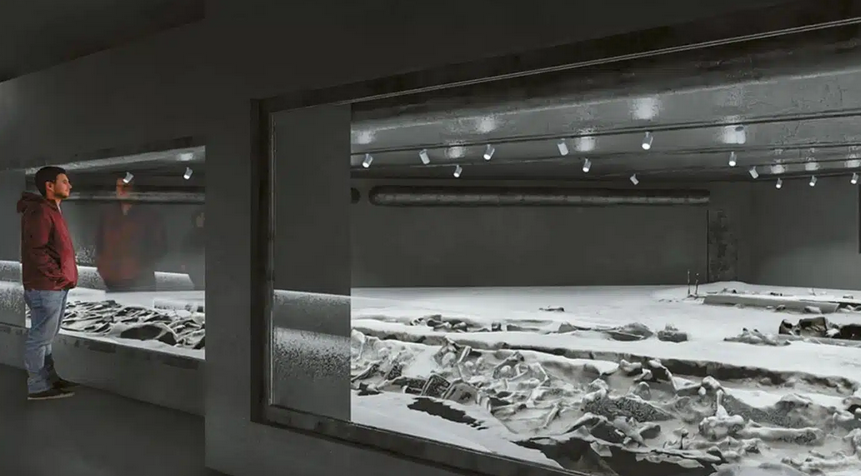It is known that in Ancient Greece the presence of lions -most probably the Asiatic subspecies- is strongly recorded. The “king of beasts” was not recorded only in Macedonia and Thessaly.
Alexander (left), wearing a kausia and fighting a lion with his friend Craterus (detail); late 4th century BC mosaic, Archaeological Museum of Pella, Macedonia
Ancient writers such as Herodotus mention the river Achelous and Ancient Aetolia as the limit of the lions’ activity. Apart from Herodotus, Aristotle mentions in his book “History of Animals” that the lion: “is really rare and is not found in many places throughout Europe. It appears only in the area that extends between the Achelous and Nessos rivers.”
The representations of lions and Achelous in art
It is obvious that lions were active in the wooded area east of Achelous river, from Aperantia to the south of Agraia, which gave its name to the ancient Agrinio. It is no coincidence that lions are represented in both art and mythology and have a leading role. A key example is one of the great Labours of Hercules, who tamed the lions of Nemea. In the following pottery depiction of our famous hero by M. Giolias in his book “History of the Ancient Aetolian Agraia”, Hercules appears wearing a lion’s skin. With his strength he manages to tame the bull-shaped bearded Achelous.
Nothing is accidental. If we take into consideration the seals of the Aetolian Gallipoli depicting lions in various positions, we should then take for granted their presence in the Aetolian land. Of course, the lions of Achelous ceased to exist. The reason is that they were the main target for the hunters of the time, the ancient Greeks and later the Romans. That is why their presence ceased to be recorded from 100 AD and after.
Source: M. Giolias - “History of the Ancient Aetolian Agraia”









